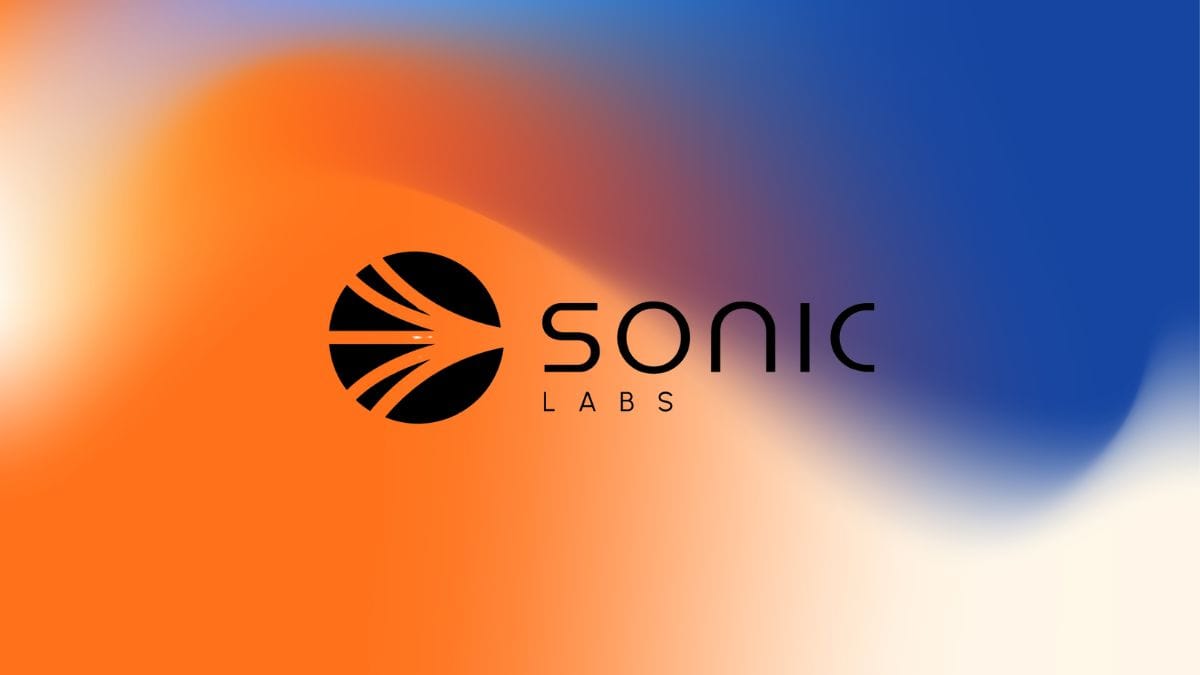Is Sonic the Most Advanced Layer-2? Andre Cronje Thinks So
30.01.2025 15:00 1 min. read Alexander Zdravkov
Sonic (S) is being hailed as the "golden standard" of layer-2 solutions by co-founder Andre Cronje, who claims it stands apart as the only fully decentralized stage 3 L2.
Unlike competitors that profit from high transaction fees, Sonic reportedly submits all transactions directly to Ethereum without centralized value extraction.
Cronje highlights Sonic’s decentralized sequencing and bridges, emphasizing that while other L2s claim to decentralize, they continue to collect millions in fees annually. Sonic, he argues, has already achieved what others are still pretending to pursue.
The network has also made significant technical advancements, scaling transactions to over 16,000 per second while reducing storage needs by 98%, even for archival nodes. Features like FeeM, FeeSub, and Dynamic Fees add further efficiency to the system.
Sonic is designed to optimize smart contract functionality for decentralized applications (dApps), making it a powerful tool for developers. To support its growing ecosystem, holders of FTM can swap their tokens for Sonic’s native S token at a 1:1 ratio.
These tokens will play an essential role in network operations, further cementing Sonic’s vision for a faster, more decentralized blockchain infrastructure.
-
1
Top 10 blockchains by transaction volume in June 2025
06.07.2025 16:00 2 min. read -
2
German State-Owned Development Bank Issues €100 Million Blockchain Bond
11.07.2025 7:00 2 min. read -
3
Tether Ends Support for Five Blockchains in Infrastructure Shift
12.07.2025 11:30 2 min. read -
4
Cardano and Ethereum Lead in Developer Activity as GitHub Commits Surge
14.07.2025 12:00 1 min. read -
5
Malaysia Opens the Door to Blockchain Experimentation With Launch of Innovation Hub
18.06.2025 22:00 2 min. read
Cardano and Ethereum Lead in Developer Activity as GitHub Commits Surge
Recent GitHub data reveals which blockchain ecosystems and individual projects attracted the most developer attention last week—a key signal of long-term project strength.
Tether Ends Support for Five Blockchains in Infrastructure Shift
Tether, the leading issuer of stablecoins, is phasing out support for five older blockchains.
German State-Owned Development Bank Issues €100 Million Blockchain Bond
Germany’s state-owned development bank NRW.BANK has issued a €100 million ($116.7 million) blockchain-based bond, marking one of the largest public-sector entries into digital securities in Europe.
Top 10 blockchains by transaction volume in June 2025
New data highlights a dramatic lead for Solana in blockchain activity for June 2025. According to the figures, Solana processed a staggering 2.98 billion transactions, far outpacing all other chains in the ecosystem.
-
1
Top 10 blockchains by transaction volume in June 2025
06.07.2025 16:00 2 min. read -
2
German State-Owned Development Bank Issues €100 Million Blockchain Bond
11.07.2025 7:00 2 min. read -
3
Tether Ends Support for Five Blockchains in Infrastructure Shift
12.07.2025 11:30 2 min. read -
4
Cardano and Ethereum Lead in Developer Activity as GitHub Commits Surge
14.07.2025 12:00 1 min. read -
5
Malaysia Opens the Door to Blockchain Experimentation With Launch of Innovation Hub
18.06.2025 22:00 2 min. read


